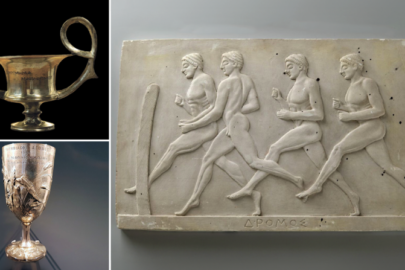Countess Elizabeth Báthory, noted as a prolific serial killer in the Guinness Book of Records, allegedly tortured and killed 80-650 young women between 1585-1610 AD. Imprisoned in Csejte Castle, Slovakia, she died in 1614. Her story inspired folklore, plays, books, and films, and she’s compared to Vlad III the Impaler , the basis for Count Dracula , earning the title “The Blood Countess.” However, recent scholarship questions the accuracy of these accounts, suggesting political betrayal instead.
Countess Elizabeth Báthory de Ecsed (Báthory Erzsébet in Hungarian) was a countess from the renowned Báthory family of nobility in the Kingdom of Hungary and cousin of the Hungarian noble Stefan Báthory, King of the Polish-Lithuanian Commonwealth and Duke of Transylvania. She was born on a family estate in Nyírbátor, Hungary, and spent her childhood at Ecsed Castle.
At the age of 15, Elizabeth was married to Ferenc Nádasdy, the son of Baron, in what was likely a political arrangement within the circles of the aristocracy. Nádasdy’s wedding gift to Báthory was his home, Csejte Castle.
AEK wins Greek football championship (photos)
However, only three years after their marriage, Nádasdy became the chief commander of Hungarian troops, leading them to war against the Ottomans, and in 1604, Ferenc died at the age of 48, reportedly due to an unknown illness or a battle wound. During the war, and after Ferenc’s death, Elizabeth was left to run the Nádasdy estate, including management of its defence, business affairs, and upkeep, which would have been no easy task. It was during these years that Elizabeth was said to have gone on a brutal killing spree.
Read more: Ancient Origins




































